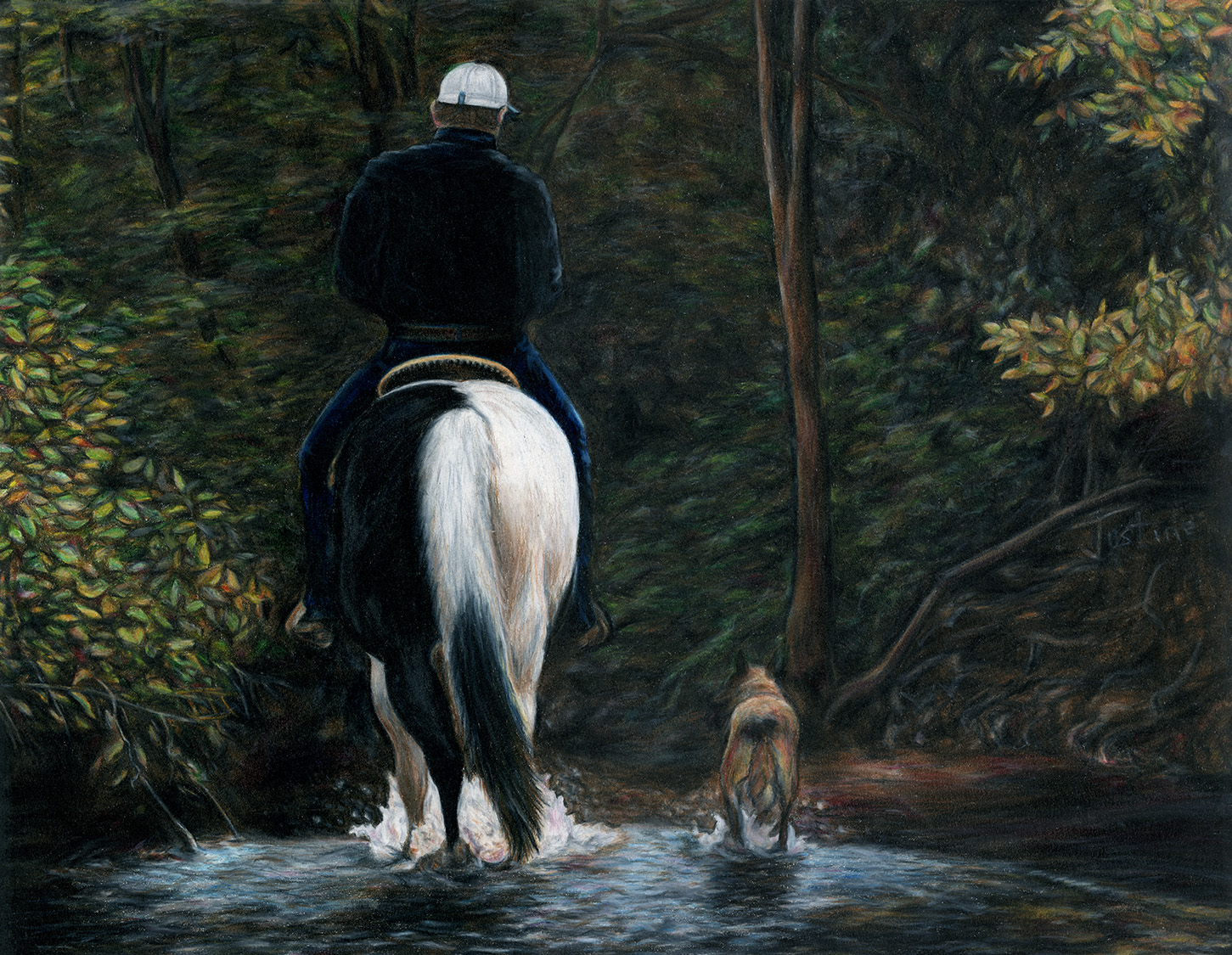
As harvest season ramps up in Indiana, farmers and their crews are busy moving equipment to and from the fields. This increased activity, however, raises the risk of accidents, especially involving electricity.
“Combines and grain augers are large pieces of equipment,” says Jon Elkins, vice president of safety, training and compliance at Indiana Electric Cooperatives. “People assume that everything will fit under the power lines, but that isn’t always the case. The biggest cause of electrocutions on farms is equipment accidentally touching power lines.”
Here are some tips IEC recommends for farmers to protect themselves and their workers:
- Observe your surroundings. Always check above and around before moving or raising equipment. Remember, power lines can sag, especially in hot weather. Maintain a minimum clearance of 10 feet from all power lines and poles.
- Never try to raise power lines to allow passage of tall equipment. Even non-metallic objects like wood poles or branches can conduct electricity.
- Be cautious around power poles. Striking a pole can cause it to break and drop live wires onto your equipment.
- Lower equipment properly. Ensure that equipment like grain augers and other portable equipment are fully lowered before transporting.
- Use a spotter. When navigating near power lines, having a spotter can enhance safety by providing an extra set of eyes.
- Plan your route. If there’s any doubt that equipment will clear a power line, opt for an alternative route.
- Stay put in emergencies. If you’re in equipment that touches power lines, stay in the cab and call for help. Tell others to stay away. In the rare case of a fire and an emergency exit is necessary, jump clear without touching the ground and the equipment simultaneously, then shuffle with both feet together for at least 30 feet to avoid electrical shock.
“Working the land has enough hazards in the work itself,” says Elkins. “With care and planning, moving to and from the fields shouldn’t be one of them.”




